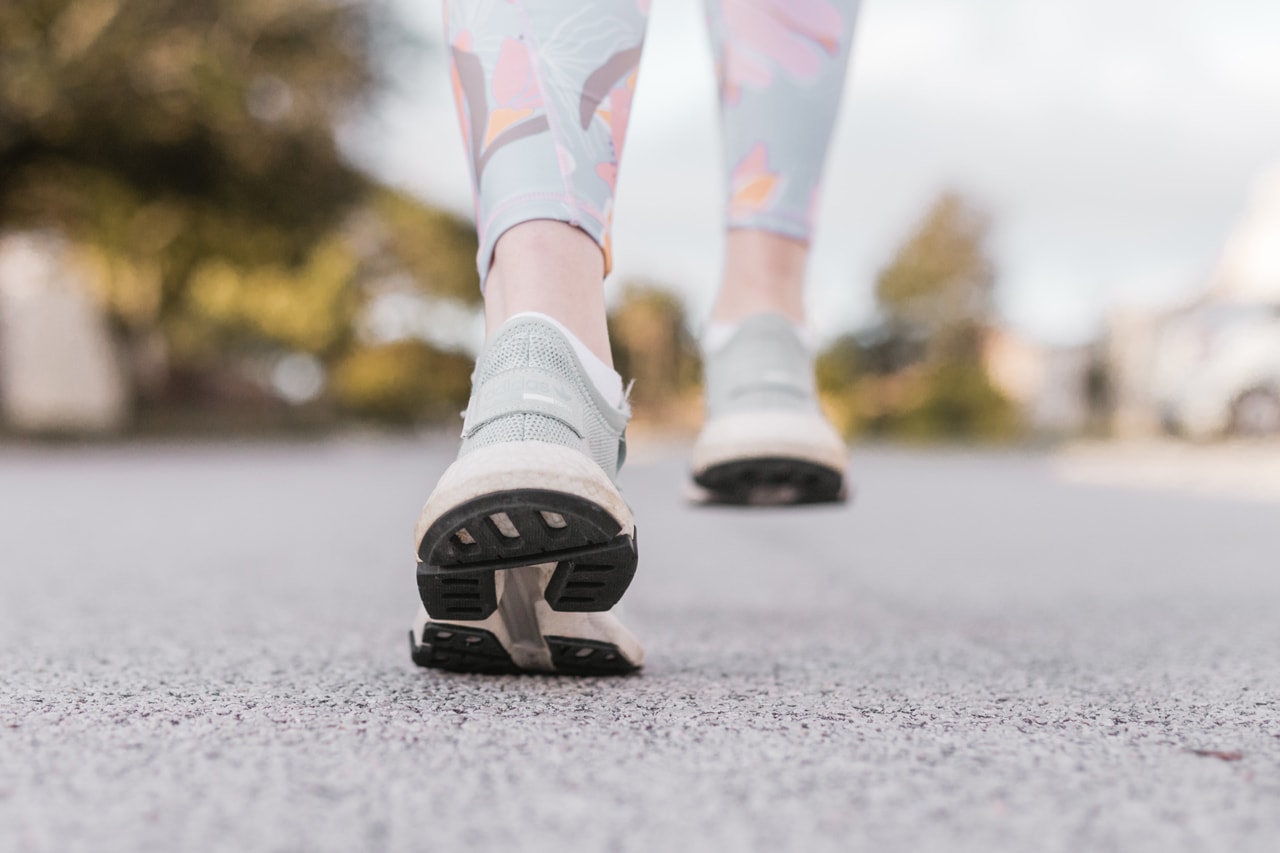Are 10,000 steps too many?
“Ten thousand steps” is now a well-ingrained idea that even epidemiologists embrace, but not because it’s true.
Physicians have long known that walking is important for good health. Hippocrates observed over 2,000 years ago that “Walking is our best medicine”, and time has only amplified this insight. A vast literature on walking confirms that those who walk are healthier, happier, and live longer than their sedentary peers.
Yes, but how much walking? Is there a correct “dose” of steps? Where did 10,000 come from, anyway?
Our current fixation on 10,000 steps turns out to be an enduring result of a successful marketing campaign for a pedometer sold in Japan in the 1960’s1. It was advertised under the name “manpo-kei”, Japanese for “10,000 steps meter”, a name that brilliantly played to a limitation of the device: To save on manufacturing costs the display was limited to four digits and so could only count up to 9,999 before resetting itself. Thus the 10,000-step limit was established2.

A recent paper3 published in the preeminent medical journal, JAMA, took a deep dive into the actual number of steps required for optimal health, and the answer isn’t 10,000. Using careful statistical techniques Paluch and colleagues found that 7,000 steps was all that was required. So, about 3 miles or roughly an hour of walking each day to get the maximum benefit. And the benefit was substantial: those who walked 7,000 steps were 50% to 70% less likely to die than their less peripatetic peers.
These results are not surprising, of course, because they broadly agree with several other studies of the benefit of walking.
What was new to me in Gutierrez’s research is this sentence: “… stepping intensity was not associated with mortality.” That is, as far as mortality is concerned, it seemed not to matter how fast you walk, only that you walk. Other benefits, such as cardiovascular fitness, certainly depend on step intensity, but the single most important benefit, not dying, was independent of step intensity.
Unfortunately, knowing that walking is important isn’t the same as actually going for a walk, and it turns out that most Americans are too busy to fit an hour of walking into their day; certainly not into every day. But the insight that intensity isn’t important may offer a solution.
Walking roughly doubles one’s metabolic rate, so the total metabolic increase of an hour of walking is actually only about 10% if spread over a 10-hour work day. So, if we could find a way to increase metabolic activity modestly, but all day long, we wouldn’t need to carve out an hour of walking each day. Walking remains a good idea, of course, because it provides a variety of benefits, but going for a daily walk wouldn’t be imperative for health.
And here’s a bit of good news: we all sit, on average, 10 hours each day, so we only need to make sitting just 10%, more metabolically intense to get the “walking benefit” without reorganizing our days to incorporate an hour of walking.
And in a further bit of good news, it turns out that there exist alternatives to our passive “ergonomic” office chairs that actually do make sitting active, rather than passive. Such active sitting chairs increase metabolic rate by as much as 20%-40%4, so over the course of a day easily in the range to provide a metabolic demand on a par with an hour’s walk.
So, is simply changing out our chairs the answer to our exercise deficit? Maybe, at least with respect to metabolic health. Here’s a Medium article examining this possibility at greater length.
-turner
1The 10000 Steps A Day How We Got It-Manpo-Kei
2Who decided we should all take 10,000 steps a day, anyway?
4Cardiovascular and metabolic responses of active sitting while performing work-related tasks





Leave a comment
All comments are moderated before being published.
This site is protected by hCaptcha and the hCaptcha Privacy Policy and Terms of Service apply.